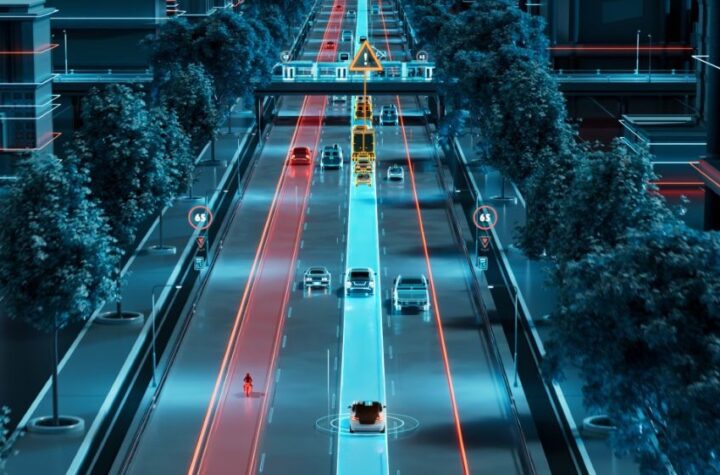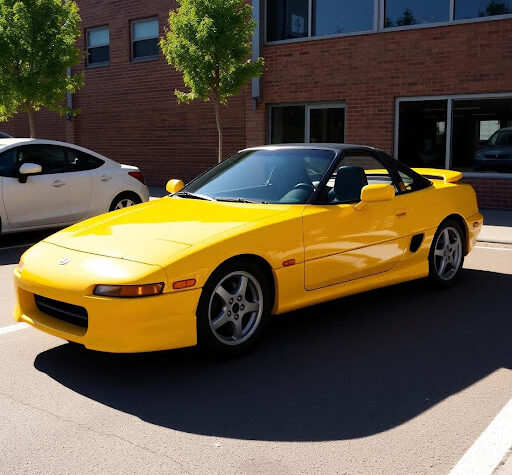
CARMET® II from Carl Zeiss was developed specifically for suppliers and manufacturers in the automotive industry. This new horizontal-arm measuring machine is available in four sizes up to a measuring range of X = 7 m, Y = 1.6 m and Z = 2.5 m. It comes standard with the RDS stepping articulating probe holder featuring CAA (Computer Aided Accuracy). The F.I. (foam insulation) technology successfully introduced with the new ACCURA® is also used for CARMET II.
CARMET II continues in the tradition of its successful predecessor. It sets new standards regarding robustness, ergonomic design and performance. CARMET II features an attractive price/performance ratio and low lifecycle costs. This measuring machine provides proven and reliable technology with the quality expected of ZEISS.
Compared to similar measuring machines, CARMET II has a considerably smaller footprint. This is the result of the onboard controller on the machine. Sensitive machine components are enclosed in a special high-tech material, thus providing CARMET II with high temperature stability. Machine availability is increased through the shortened maintenance time. All maintenance-relevant parts are easily accessible.
Robust and flexible
With the new CNC-guided CARMET II, Carl Zeiss offers a measuring machine with a robust guideway system whose pre-mounted friction drives unite a high level of safety and quietness.
The horizontal-arm design makes it easy to load the measuring machine — even with the complex components that are commonly found in car body measuring. The design also facilitates access to the measuring location.
CARMET II is not only robust, but also flexible: numerous angular positions of the stylus system provide maximum flexibility. Thanks to RDS and CAA, users of touch-trigger sensors achieve shorter calibration times and thus increase their productivity. Hard-to-reach areas, such as in the wheel arch of a car body, can be easily accessed with different touch-trigger sensors and extensions up to 350 mm.
CARMET II will be presented for the first time at CONTROL in May 2010.




More Stories
BRANO and DOMO join forces to replace aluminum with TECHNYL® polyamide
Selecting the Ideal Linear Phased Array Transducer for Your NDT Requirements
From Laser to Waterjet: The Cutting-Edge Techniques Driving Efficiency in Auto Production